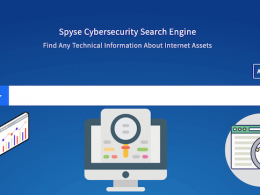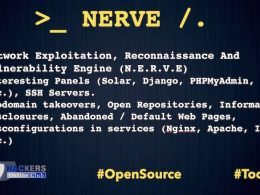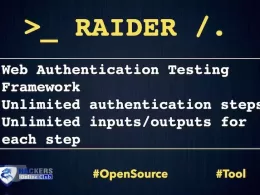Port scans and port scan detection are important pieces of your overall cybersecurity. Port scanning might seem innocent enough, but it’s one of the first steps in network intrusion, so understanding port scan detection and blocking will be invaluable to you. Read on for a port scan detection guide from NENS Managed IT Services to better protect your network.
1. What is Port Scanning?
Port scanning is fairly simple. It involves one port sending a request to another computer’s port to connect, and recording the response that comes back. There are three responses: Open/Accepted, Closed/Not Listening, Blocked. It’s a little like knocking on someone’s door to see if they’re home. Hackers are often looking for ports that respond “Open”, so that they can get a glimpse of the security protocols of that port and possibly infiltrate the network from there.
2. Different Modes of Port Scan
There are a few different types of port scans, the simplest being a ping scan. It simply pings many different ports to see who responds. A stealthier scan is called the TCP Half-Open, and it tries to find open ports without sending back its own response. TCP Connect is the same as the latter, but it does send back its response, which is less popular because it might trip an alarm that the Half-Open wouldn’t.
3. Port Scan Detection
According to MSP Web Design, port scan detection is important, because as innocent as it sounds to just knock on a door, it’s a precursor to intrusion. Detecting these scans will help you know where the vulnerabilities might be, so you can better prevent anyone from accessing your network and important data.
Network intrusion detection systems and firewalls are generally the best methods to help you detect most scans, but there are ways that hackers can avoid detection from these methods such as altering their scanning rate or accessing ports in a different order.
A network intrusion detection system acts like a home security system by monitoring the network and logging attempts at port scans, which can give you valuable information on who is trying to access your network. It can also not only recognize the port scan attempt, but then also alert or block the IP address of the scanner.
Port scan detection isn’t hacker proof, but it can shed light on if anyone is attempting to attack, which ports are vulnerable, and what you need to work on in terms of security. Either way, it’s key to protect your information even if there are no logged attempts at scanning, because you might not always be aware of the latest port scan stealth methods.











